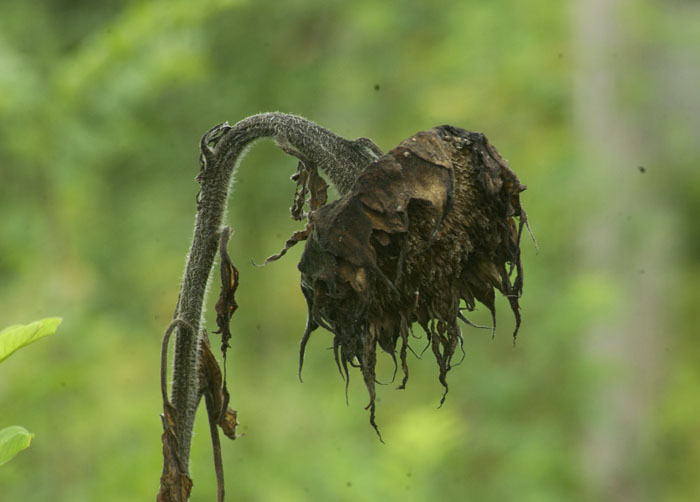
A pathetic sunflower. My flock of finches moved on. I don’t blame them. There wasn’t much for them to eat after the heat wiped out the annuals.
The brutal, killing weather of summer makes me clinically insane. I can’t explain this, though other gardeners might understand. The most I can manage is to stay indoors, cooled by a system powered by the burning of strip-mined Appalachian coal, and read, or practice new organ pieces. It’s not safe to be around me, because I get all snarly, constantly angry. I’m probably a danger to myself and others. I have been completely unsuccessful at finding an attitude from which I can remain philosophically detached from the misery and destruction that surrounds me. That’s why I’ve posted very little lately. I’m just trying to survive the summer, and no one should be subjected to what goes through my mind. I can accept the heat. That’s inevitable. But it ought to rain, and instead the rain perversely stops when the heat is at its worst.
There was a book in the 1970s that popularized the idea that plants can scream. I believe it. These past two months, I have been in the middle of a battlefield, surrounded by the screams of the dead and dying. I will generally water new perennials during their first year, especially if I was foolish enough to set them out in the spring. But if a plant isn’t hardy enough to survive its second summer, then I have to let it go. I worry constantly about my young fruit trees, planted in 2008. Luckily, they have survived, though they’ve grown very little, or not at all, since May. Starting an orchard is hard, risky work. Those who are lucky enough to have an established orchard are lucky indeed.
We’ve had a break in the weather, and finally I bucked up and found the fortitude to go outside and survey the damage. Half the grass is brown, but recovering. The annual flowers are baked to a crisp. The roses look pathetic. I lost a dogwood tree. The garden is gone except for a few scrawny tomatoes and peppers. I’ll probably lose a small arbor vitae that was planted this spring. Some of the native species have been miserably stressed, but they’ll make it fine. The bigger arbor vitaes that I planted in 2008 have flourished and must have deep roots. During the hot, dry weather of late summer, leaves on the native poplar trees start to turn yellow and drop, but that’s probably normal for poplars, because it seems to happen every year. The grapes handled the hot weather amazingly well. That’s probably because they’re native grapes — muscadine and scuppernong.
The forecast is for a few days of unusually cool weather. It’s not quite noon, and it’s only 74 degrees outside. I’ve had 1.6 inches of rain during the last two days, and there’s a good chance of more rain today and tonight. Most of the screaming outside has stopped, and instead I hear sighs of relief, and quiet weeping for the fallen. I even saw two little frogs frolicking in the rain last night when I went out to shut up the chickens. Where those poor frogs went during that long, hot, dry spell is a total mystery to me.
Here are some photos of the survivors. I’ll spare you photos of the corpses of the dead.
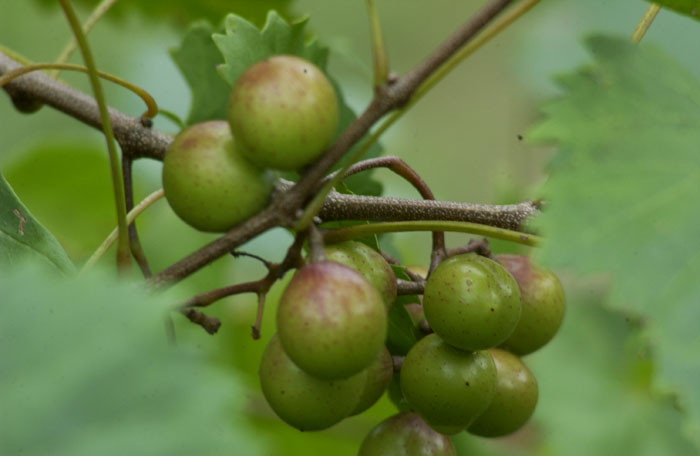
Muscadine grapes, very much holding their own
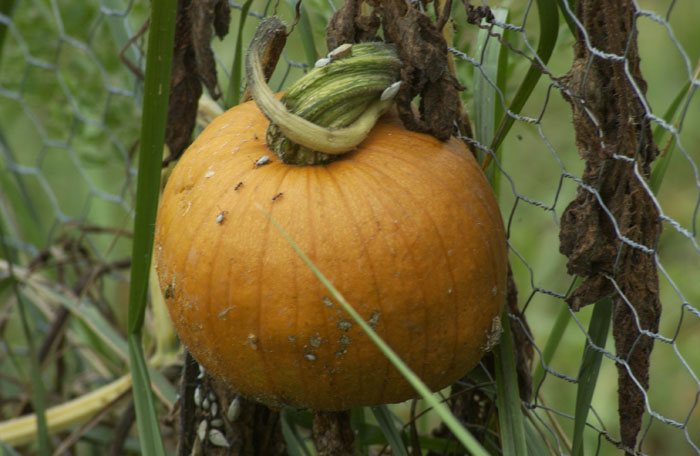
The last pumpkin, attacked by the last squash bugs. By the way, I had very little problem with squash bugs this year. I scratched their eggs off the squash leaves every couple of days and squished the adults bugs when I found them. They’re pretty easy to control that way.

A wild persimmon, of which I’ll have a bumper crop

The poplars grow fiercely during a wet spring, but they hate the hot, dry weather of late summer.
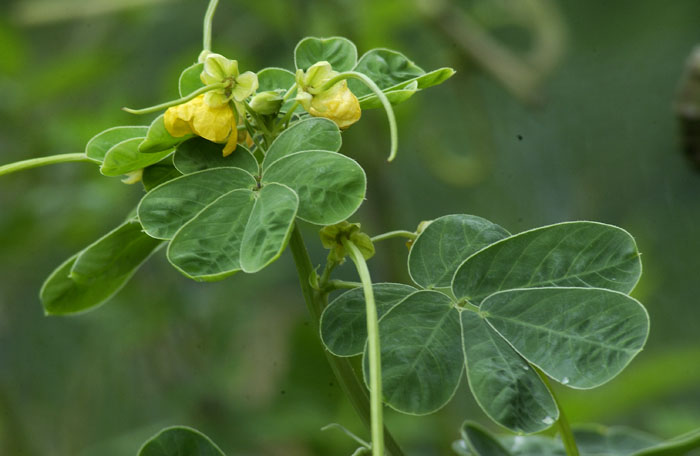
I don’t know what this is. It’s growing right beside the chicken house. No doubt its seed came in with some chicken straw.
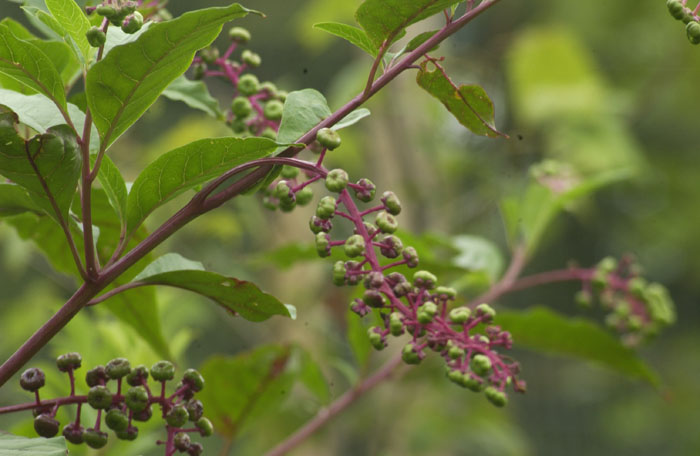
Poke is a very hardy native species. I never cut it down, even in the yard.

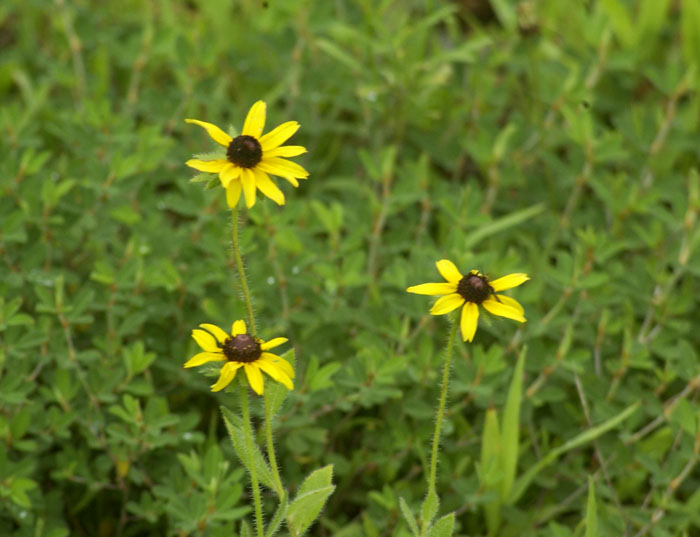
Post a Comment